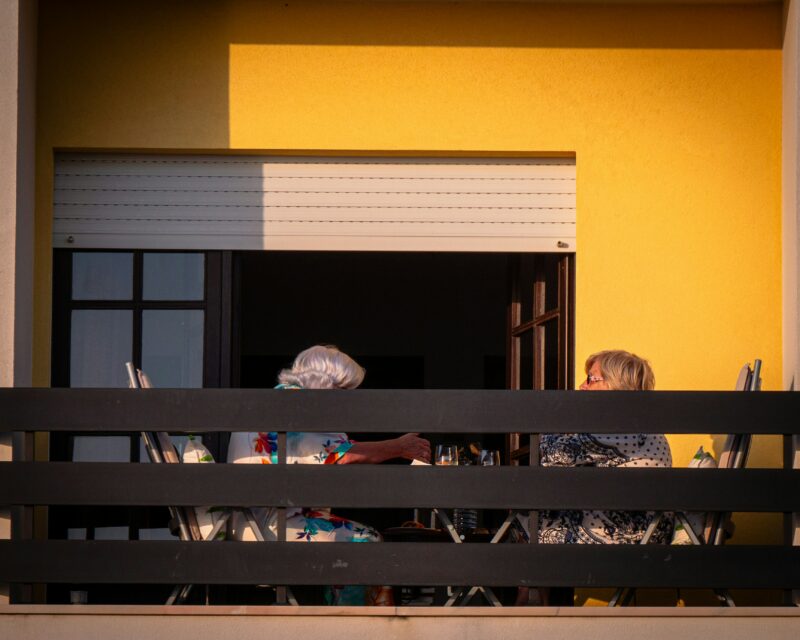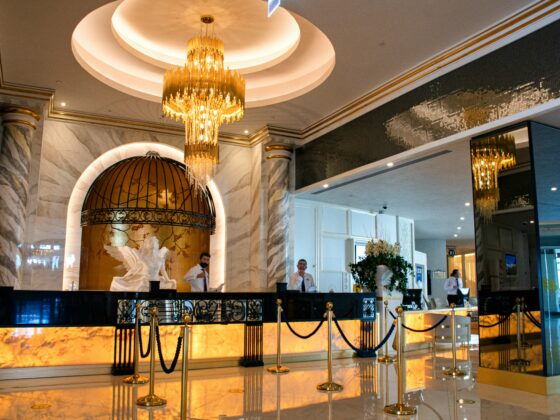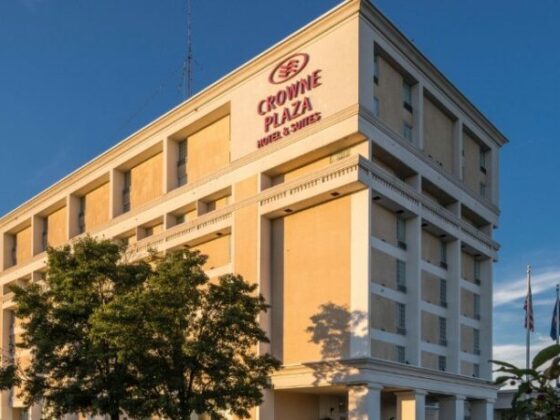Chef Stefano Secchi—behind Michelin-starred Italian restaurant Rezdôra—has unveiled Massara in Manhattan’s Flatiron District.
Located in a historic building, the new 6,500-square-foot restaurant extends across two floors, and features two bars and four distinct dining areas.
Massara’s classic Italian design
Designed by Brooklyn-based Sarah Carpenter & Studio, Massara is an ode to Italy that is rooted in its New York City locale.
 The first floor has an open kitchen and dramatically framed pizza oven that is rough and textured, an homage to the smoke and fire of open flame cooking. A three-story atrium pours natural light onto a 15-foot-long continuous marble clad counter used for pizza preparation.
The first floor has an open kitchen and dramatically framed pizza oven that is rough and textured, an homage to the smoke and fire of open flame cooking. A three-story atrium pours natural light onto a 15-foot-long continuous marble clad counter used for pizza preparation.
Walls are clad in a raw Italian limestone, while the floor is tiled in imperfect travertine flagstone. The existing brick walls of the dining room walls were artfully plastered by Edmundson Studio, enveloping the 14-foot-high room in a warm and moody tone.
Deep, rich leather cushions sit atop fumed oak banquettes, and oversized vintage Murano pendant lights hang above a Carrara marble topped-bar.
“Chef Secchi gave us a clear and specific directive to make the space ‘classic and above all, super Italian,’” says Sarah Carpenter, founder of her eponymous studio. “Our studio really thought about what that means in a New York context and how we can evoke the sense of Campana without falling into the trap of trying to replicate the irreplicable.”
The second floor at Massara
A low lit, sooty green stairwell transports patrons to the intimate second floor, which was designed to evoke someone’s home. Here, rustic plastered walls and ceilings add texture, while a rich green bar with amber glass doors casts a warm glow. Brass and bronze lighting fixtures—mostly sourced from Italy—illuminate the space, while vintage Italian paintings and books flank the walls.
This second floor room, which sits directly above the pizza oven, features a wood- and marble-clad opening that provides a framed view of the pizza station below.
“The space, a single, two-story building—an incredibly rarity in the middle of Manhattan—also granted us a truly unique opportunity to carve space and connect floors via openings, textures, and light,” Carpenter adds.
More from HD:
Retail Design Trends: Gen Z Pushes Physical Stores To Upgrade
What I’ve Learned Podcast: Mark Eacott, Ennismore
7 Miami Restaurants Where Atmosphere Is On Point







